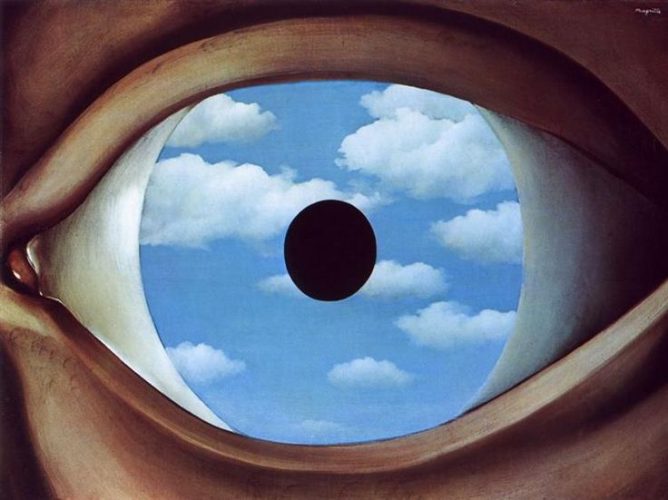(21 November 1898 – 15 August 1967)
René Magritte (born November 21, 1898, Lessines, Belgium—died August 15, 1967, Brussels) Belgian artist, one of the most prominent Surrealist painters, whose bizarre flights of fancy blended horror, peril, comedy, and mystery. His works were characterized by particular symbols—the female torso, the bourgeois “little man,” the bowler hat, the apple, the castle, the rock, the window, and other ordinary objects, which were often set in unusual or unsettling situations.
Magritte’s father was a tailor, and his mother was a milliner who drowned herself in the River Sambre when Magritte was about 14 years old. Thereafter, he and his two brothers were raised by his grandmother. As a teenager, he met Georgette Berger, who would become his wife nearly 10 years later. After studying at the Brussels Academy of Fine Arts (1916–18), Magritte became a designer for a wallpaper factory and then did sketches for advertisements. In 1922 he saw a reproduction of Giorgio de Chirico’s painting The Song of Love (1914), an evocative and haunting juxtaposition of odd elements (a classical bust and a rubber glove among them) in a dreamlike architectural space. The work had a great influence on Magritte’s artistic approach. For the next few years he developed a singular style that comprised carefully rendered everyday objects often placed in enigmatic juxtapositions.
In 1926 Magritte signed a contract with a Brussels art gallery, which allowed him to become a full-time painter. The following year the gallery held his first solo show, which included The Lost Jockey (1926), a collage that he regarded as his first Surrealist work. The exhibition, however, was not well received by the art critics of the day. In 1927 he and his wife moved to a suburb of Paris. There he met and befriended several of the Paris Surrealists, including poets André Breton and Paul Éluard, and he became familiar with the collages of Max Ernst. Magritte began to integrate text into some of his works, and during this time he painted one of his most famous pieces, The Treachery of Images (1929), in which a detailed representation of a pipe is combined with the cursive statement: Ceci n’est pas une pipe (“This is not a pipe”). The painting questioned the authority of both images and words.
